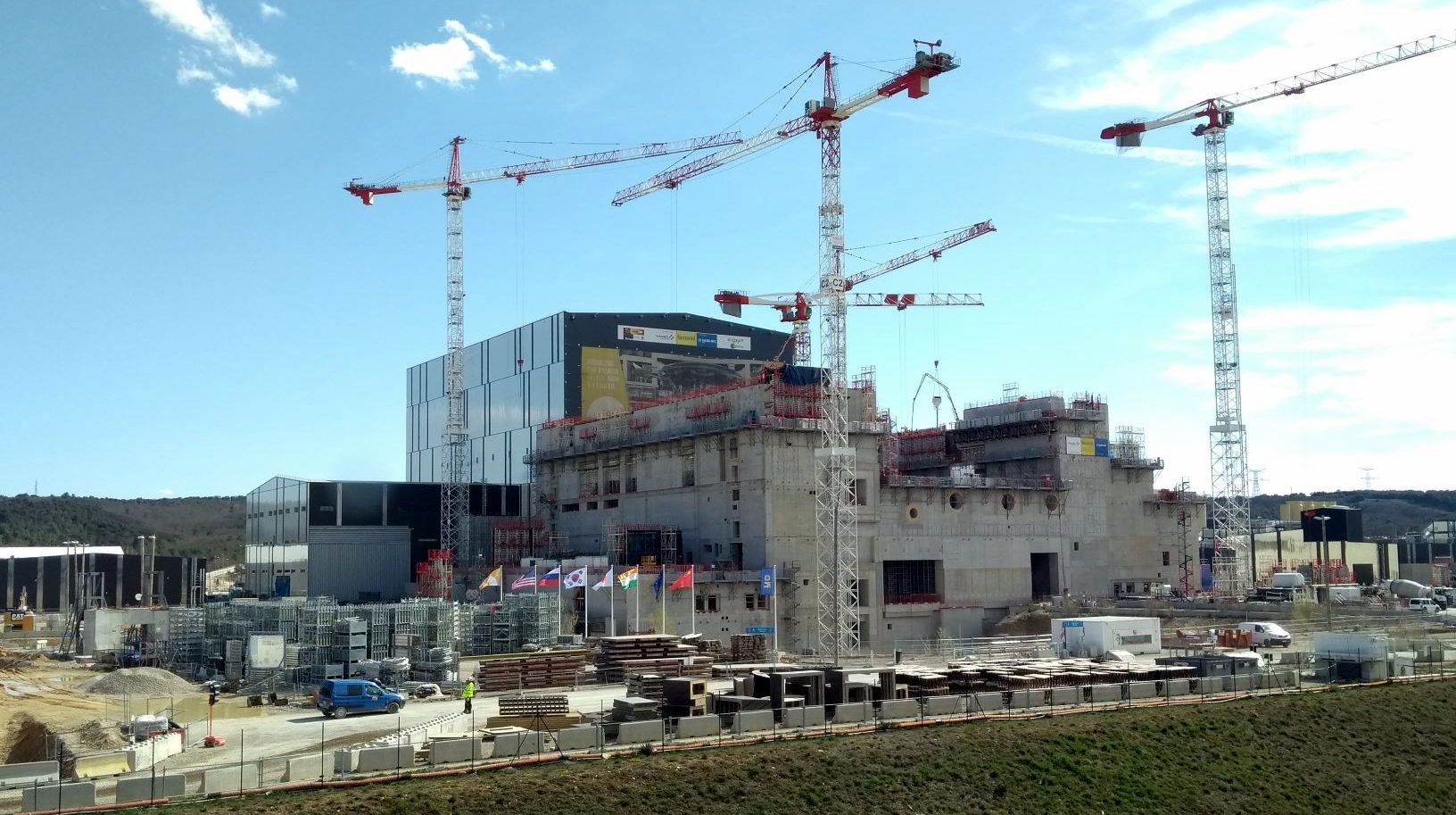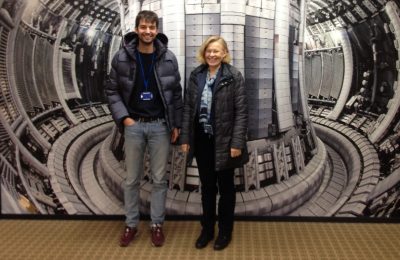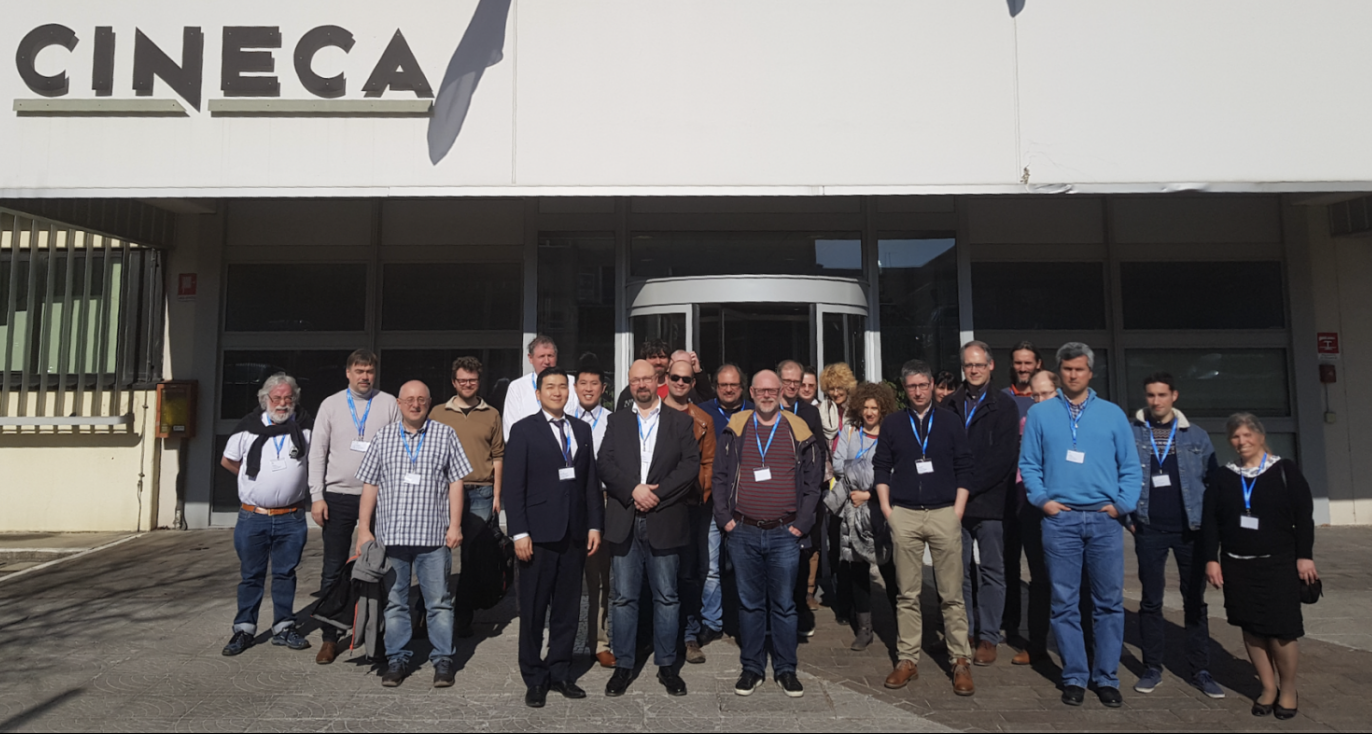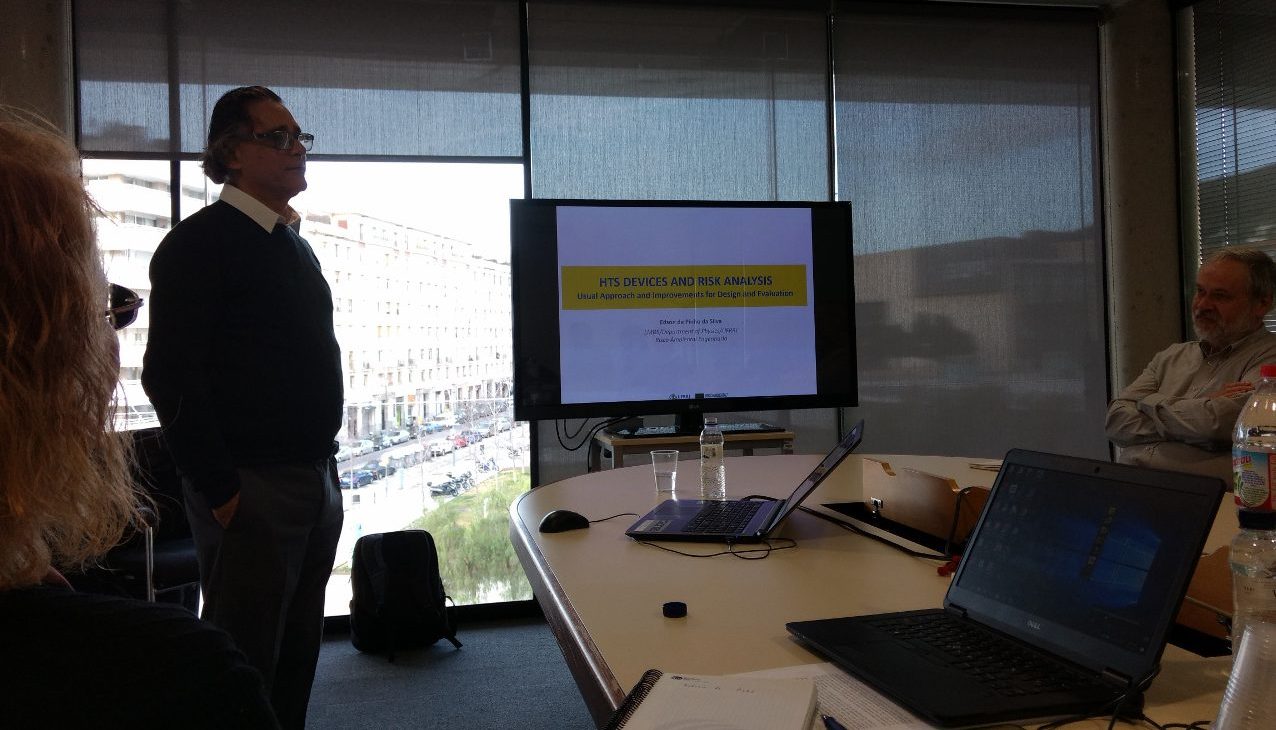
From the 1st to the 5th of April, our group has participated in the Code Camp of the EUROfusion “Code Development for Integrated Modelling” (WPCD) Work Package at ITER Headquarters in St. Paul-lez-Durance (France).
WPCD develops generic and flexible sophisticated workflows for fusion physics applications, aiming at providing a validated modular suite for the simulation of complete plasma discharges of any existing and future tokamaks, including JET, JT-60SA, ITER and DEMO.





